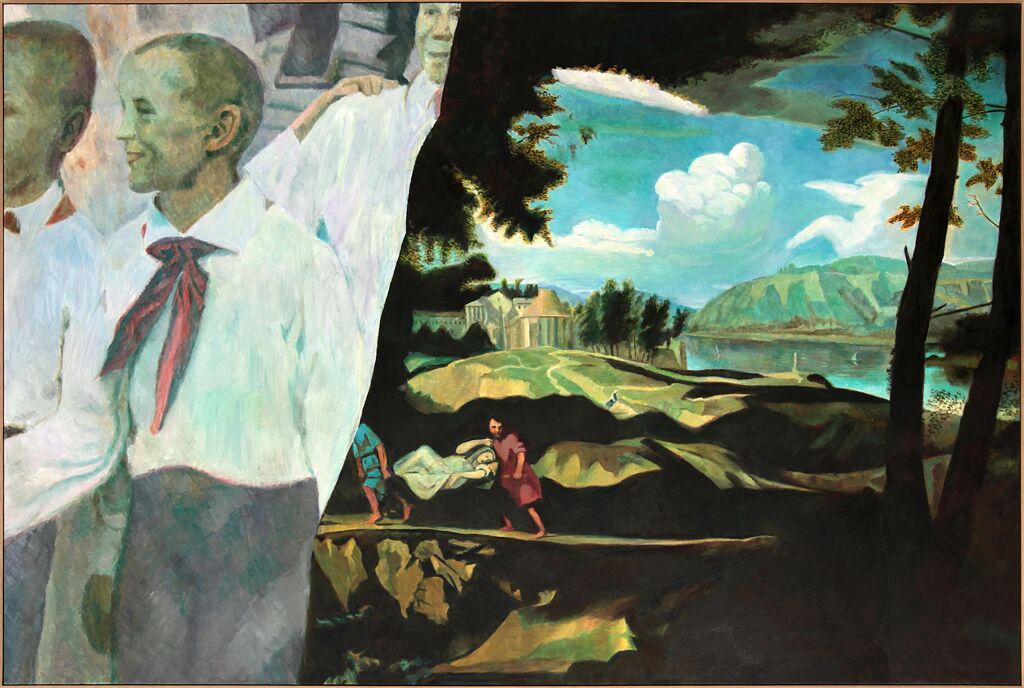Ilya & Emilia Kabakov

Ilya and Emilia Kabakov are amongst the most celebrated artists of their generation. Both were born in Dnepropetrovsk, in the Ukrainian SSR of the Soviet Union (today Dnipro, Ukraine). Ilya Kabakov (b. 1933 – d. 2023, New York) grew up in Moscow, where he studied at the Surikov State Art Institute. From the 1950s to the late 1980s, he worked as an illustrator for children’s books, keeping his own drawings, paintings and sculptures for a close circle of friends – mainly artists and intellectuals. A central figure of Moscow Conceptualism, his work, mocking the official Soviet art, had to be kept private. He moved to New York in 1988 and resumed contact with Emilia Lekach. 1989 marked the beginning of their artistic collaboration, sealed by their marriage in 1992. Emilia Kabakov (b. 1945) studied music, literature and Spanish in Moscow before moving to Israel in 1973, and in 1975 to New York, where she worked as curator and art dealer.